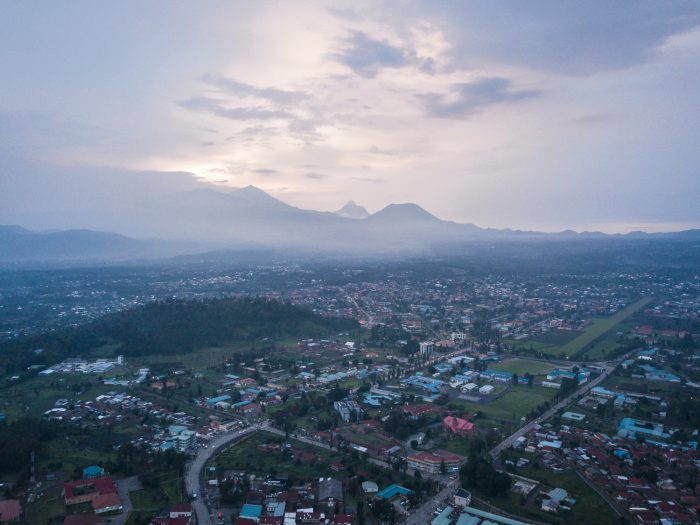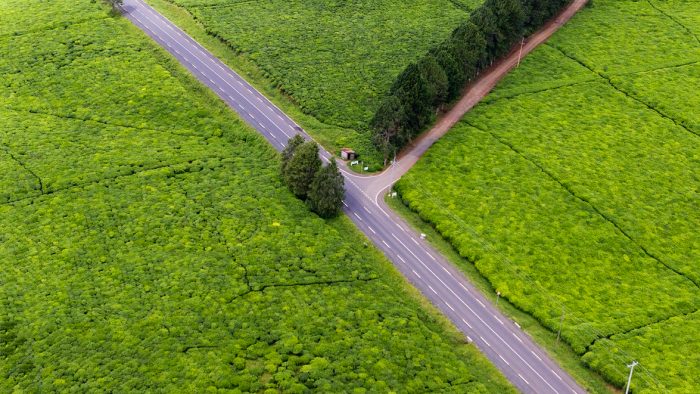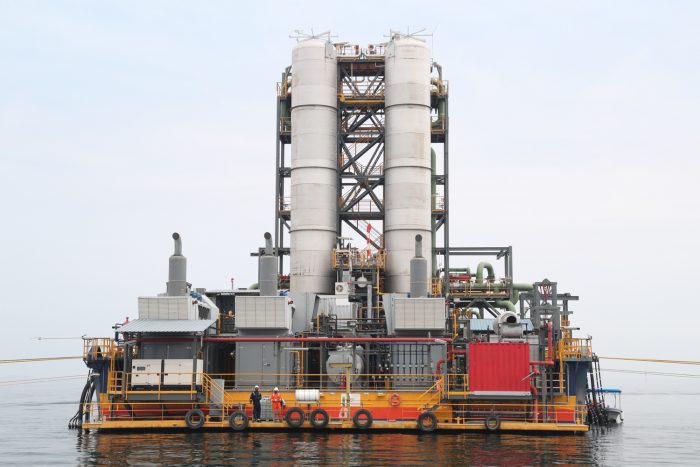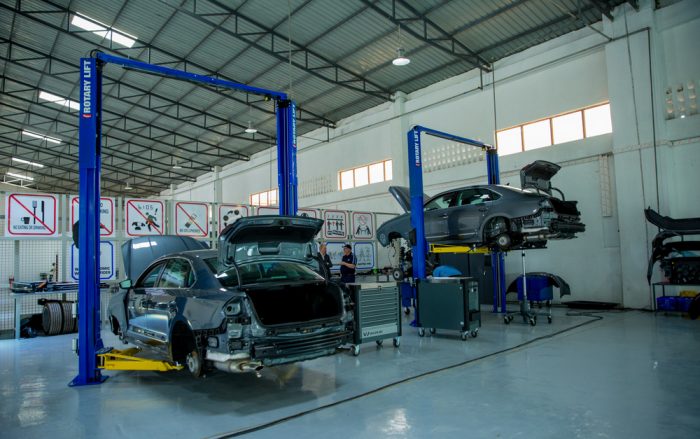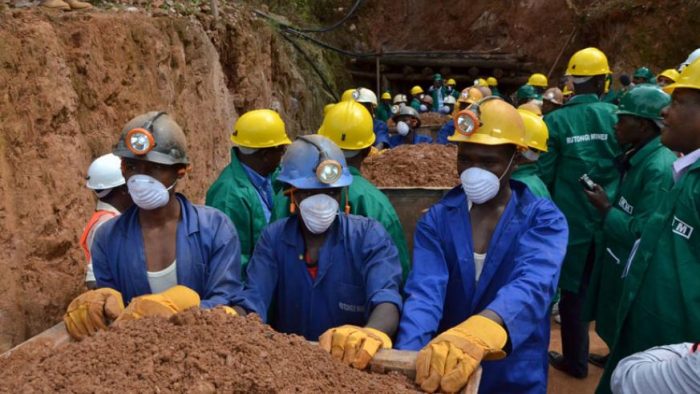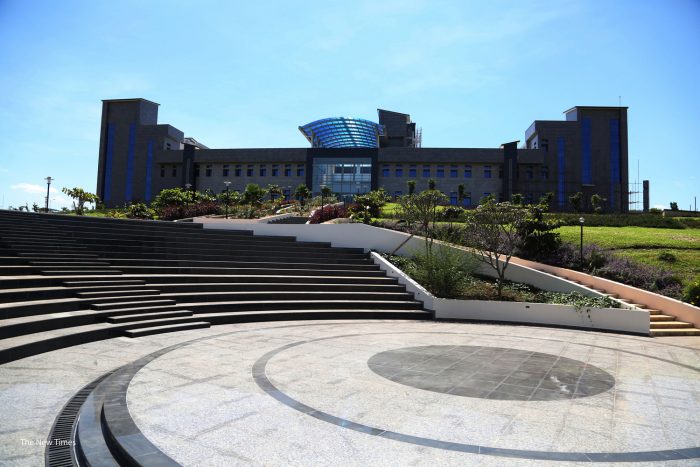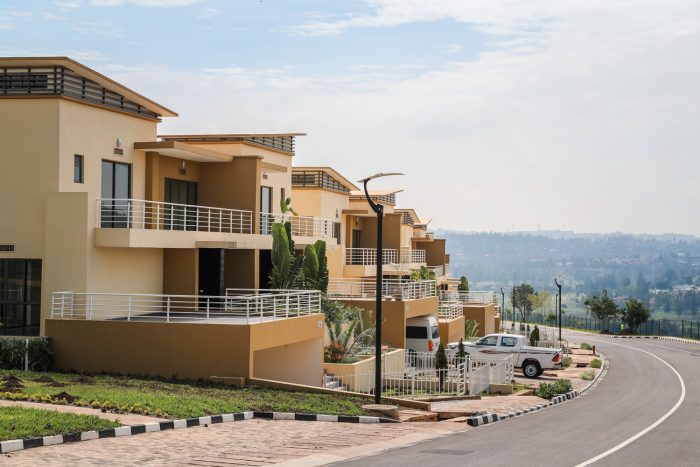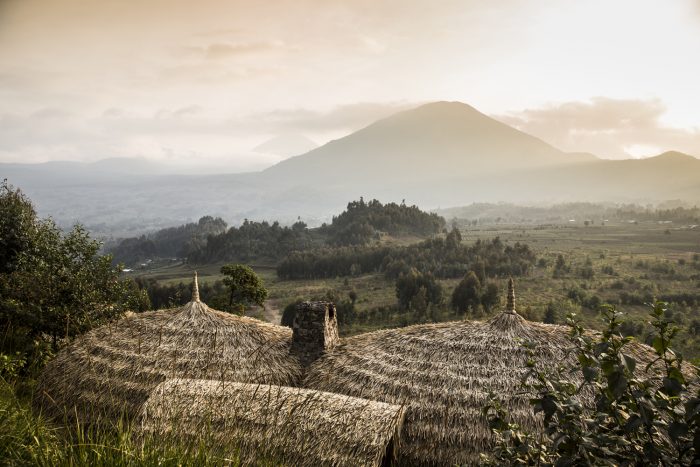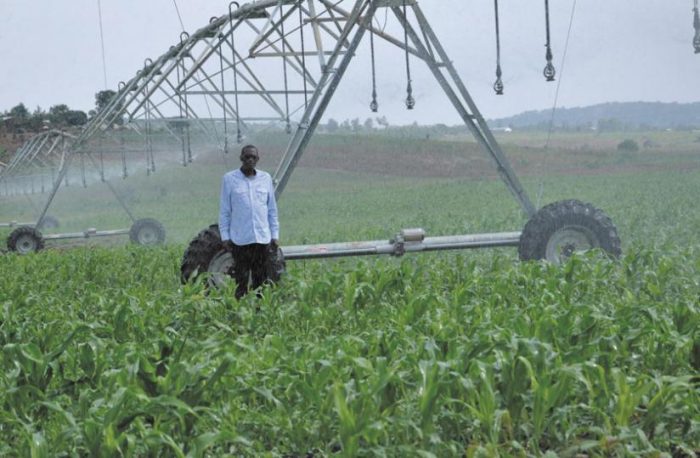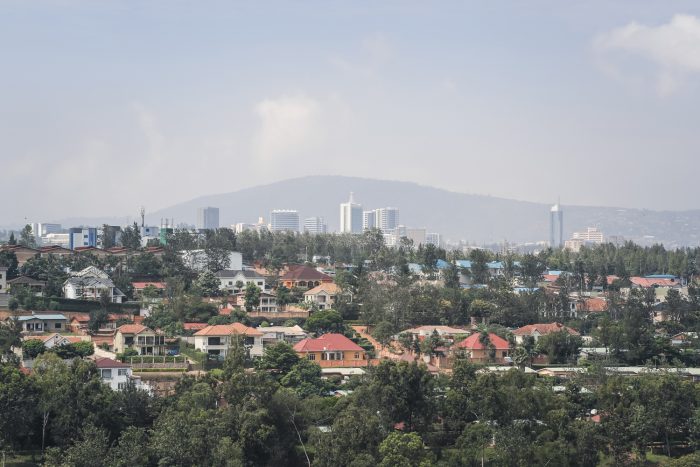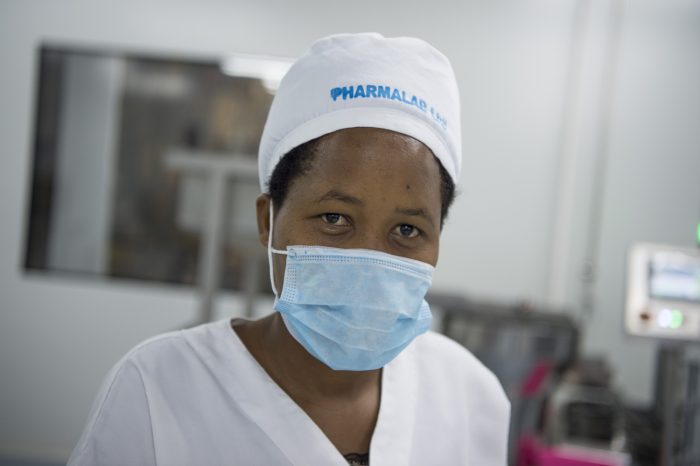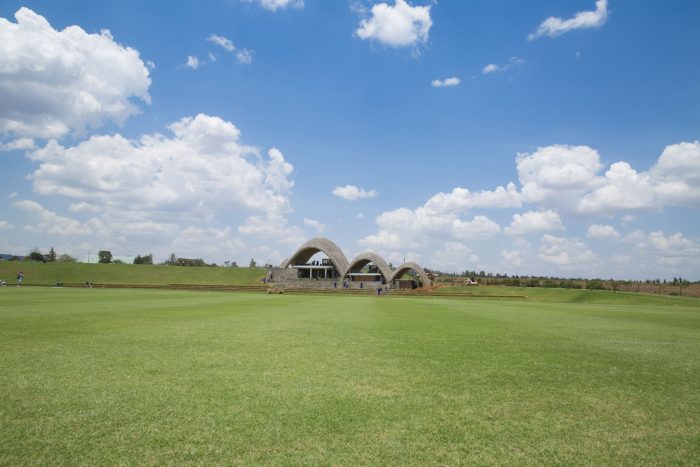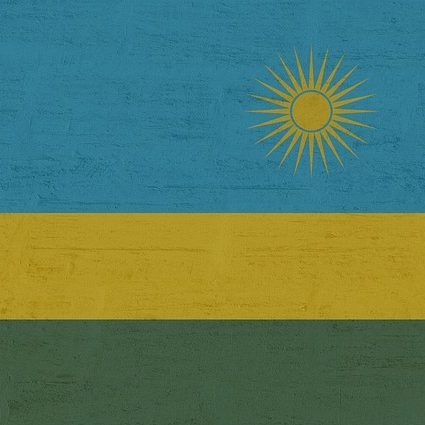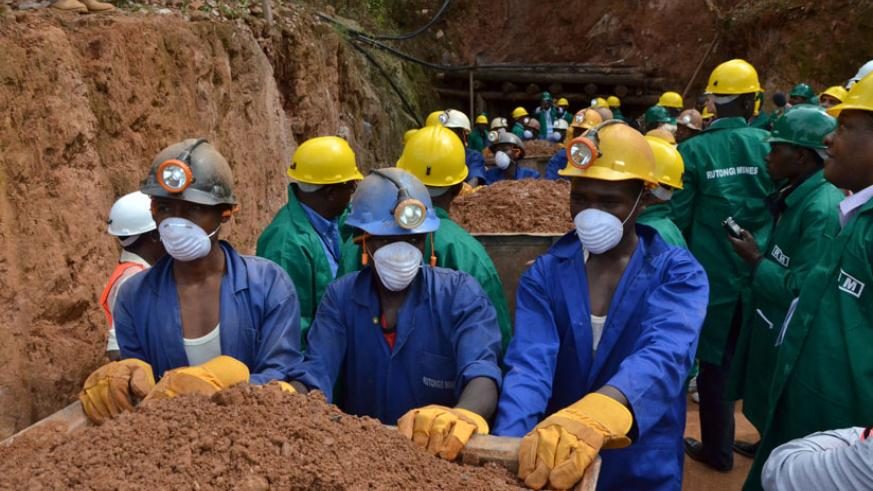Overview
Since the 1920s, geological surveys have indicated that Rwanda possesses huge deposits of tin, tantalum, tungsten (3Ts), and gold across the country. The deposits are associated with steep faulting and folds coincident with “highs” on intrusive granite cupolas.
Rwanda hosts a large number of historical mineral occurrences and operational mines with major commodities being cassiterite (grade of 76% of Sn), wolframite ( grade from 35 to 70% of tungsten), columbite-tantalite (grade of Tantalum ranging between 25% and 55%), native gold (99.999% of Au), and other pegmatite-related rare minerals such as rare earth elements (REEs), beryl, lithium-bearing minerals, phosphate minerals, gemstones etc.
In addition to this, the country is also endowed with industrial minerals such as amphibolite, granite, quartzite, volcanic rocks, clay, sand, and gravel. Other natural resources such as peat (used for electricity generation or processed as an alternative for firewood) are also in plenty.
Mining operations in Rwanda began in the early 1930s, and since then, the sector has undergone significant reforms, becoming one of the country’s top export revenue earners. By 2023, the mining sector generated $1.1 billion in export earnings, up from $373.4 million in 2017.
Rwanda produces between 8,000 and 9,000 tons of 3T minerals every year and the amount of money depends on the market pricing dynamics.
Gold mining and export have recently emerged to have big potential.
Rwanda is among the top global producers of tantalum, producing more than 9% of the world’s tantalum used in electronics manufacturing, and only ranks third after Australia ( 54% ), and Congo-Kinshasa (11%).
Rwanda is now home to three state-of-the-art mineral value-addition facilities which include a gold refinery, a tantalum refinery, and a tin smelter. These facilities have the capacity to process large amounts of minerals from within the country and the region.
Mining contributes 3% to the country’s GDP.
Rwanda adheres to the OECD due diligence guidance for Responsible Supply Chains of Minerals, as such minerals from Rwanda are 100% conflict-free and traceable from mines to international markets.
Rwanda is also one of the most advanced countries in the implementation of the Regional Certification Mechanism. This implies the tracking of the chain of custody of 3T (Tin, Tungsten, Tantalum) minerals.
The Rwanda Mines, Petroleum and Gas Board (RMB) has put in place in its structure the offices in charge of Mineral traceability and certification based on OECD guidelines as well as inspection. These are fully operational.
RMB organizes and conducts mine site inspections and produces reports thereof that are validated jointly with iTSCi to increase the credibility of the mineral traceability process.
The country has two organizations, namely the ITSCI and RCS Global which offer mineral traceability services.
Exploration
The Government of Rwanda has invested in exploration works in Prospective Target Areas to generate good primary geology data to be used by mineral exploration companies. Intensive, up to date and detailed mineral exploration can be carried out in the recently identified Prospective Target Areas (PTAs) to delineate and quantify their mineral resources.
Value Addition
Some of the Rwanda’s mineral ores produced in the country are exported as 100% raw mineral concentrates, not as metals. The establishment of processing plants to smelt cassiterite into tin, refining wolframite into tungsten, tantalite into tantalum, gemstones cutting and polishing.
Industrial Mining
Currently, Rwanda’s mining sector is mostly traditional; Modern technology is needed to upgrade the sector to a semi- mechanized and later at industrial level to increase production, which is low compared to the proven potential Mining equipment including drillers, bulldozers, gravity table shakers are needed to upgrade the sector.
Trade in mineral substances
Trade in mineral substances is carried out by holders of mining and mineral trading licenses and owners of smelting companies. Trading in minerals, including cassiterite, wolframite and niobium – tantalite, must contain at least 30% value added.
Contact Us
For any further details/information you may require, please contact:
Mr. Chris Picton Shyaka
Industrial Development Analyst
Email: chrispicton.shyaka@rdb.rw
Telephone: +250788514204

